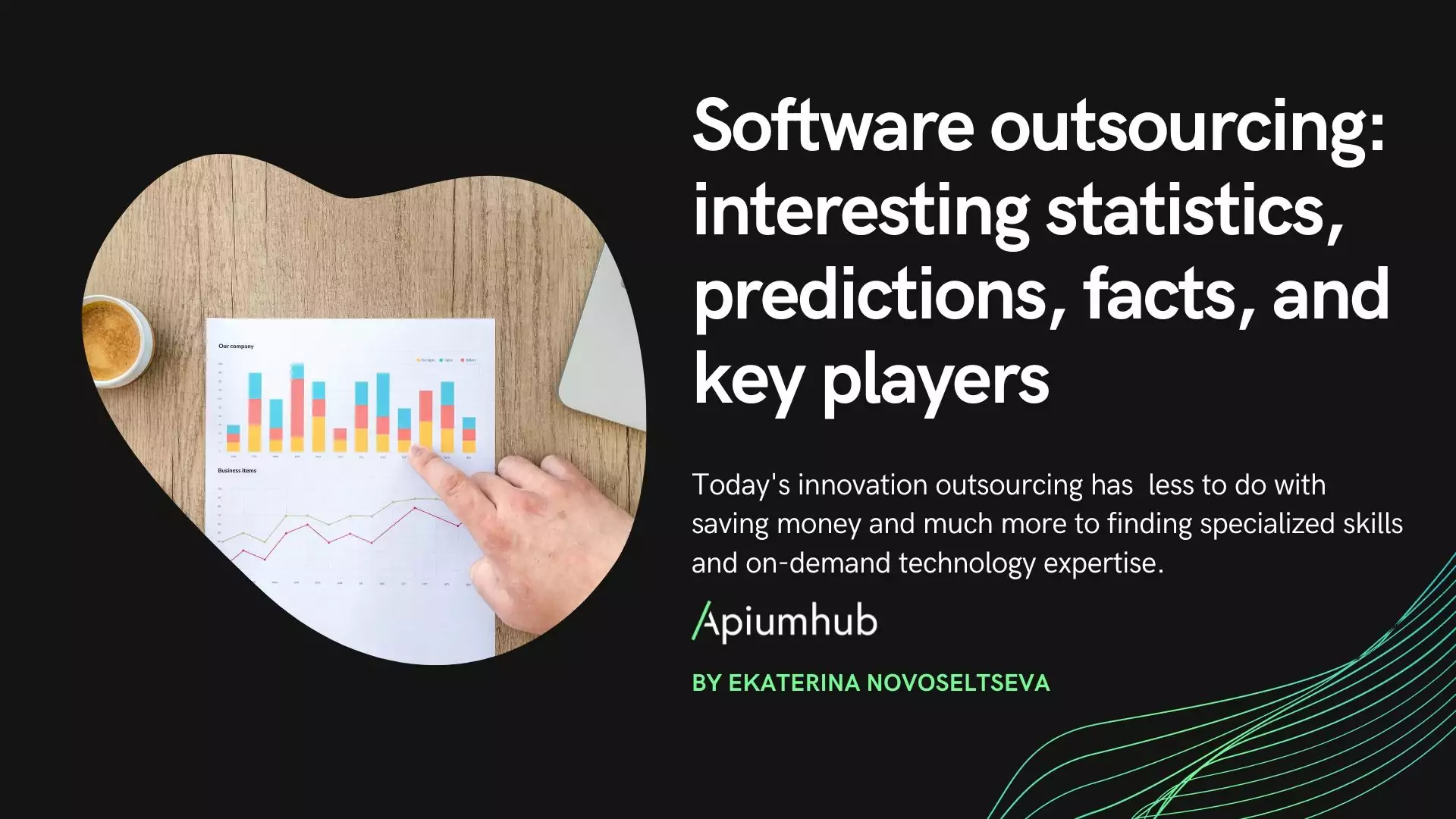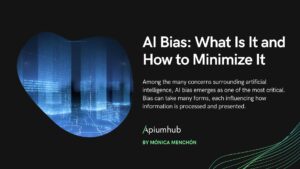Table of Contents
If you have your own business or run one, we’re gonna bet that on various occasions you’ve wished for a crystal ball to tell you in which direction the company is going and what you can do to get it on track or maximise on its good fortune. Well actually, there is a way. With the emergence of data science and data analytics, every company can have its very own crystal ball, which can give you insights into the past, present and future. Those who know how to organise and read this information, the Data Analyst, is therefore an invaluable addition to companies in all sectors as they help directors make key business decisions based on data and metrics rather than blind faith, intuition or a gut feeling – which often don’t turn out the way you hoped they would.
90% of the data that exists today has been created in the last few years and it’s growing at an almost alarming rate. Everything we do nowadays is digital and this trend isn’t about to end. In fact, in 2020 the world will generate 50x more data than it did in 2011, so it’s no surprise that an entire discipline has evolved to help people make sense of it.
With such a massive amount of data being generated and stored, Data Analyst is in high demand, being named the sexiest job of the 21st century.
Why do companies collect data and how can it be beneficial to them?
In a nutshell, collecting data is beneficial to companies as analyzing it leads to better insights and more customers. The most obvious need for data analyst is for the purposes of the marketing department. CMOs rely on the insights produced by a data analyst to create the initiatives that will lead to the most amount of conversions. It can tell them who they should be marketing their initiatives to and in what form. Data allows marketers to create targeted campaigns, make informed decisions and invest their budget wisely, thus leading to ROI.
The data analyst is the eyes and ears of the company, however, this is only possible when your sea of data is not polluted by “waste data”, which leads to skewed vision and untrue results.
Data Analyst: collecting the right kind of data and knowing what to do with it
With so many companies working with big data, they are finding themselves in murky data swamps, drowning in excessive amounts of data, which is often biased and unreliable. Thus, the laborious task of cleaning up your data swamp and turning it into a clear data lake presents itself.
It’s no longer a question of who’s using big data – everyone is using big data – what companies need to work on is how to use it well so as to avoid great amounts of waste data.
There’s no sense in collecting all the data possible. Having clear data goals and knowing which details are relevant to achieving these is paramount; collecting anything and everything is futile and will ultimately cause you more problems than solutions. It’s also crucial to assign metadata when organising your big data; that way, it’s searchable and ultimately useful to your company, which is especially important when you’re analysing data across departments.
It’s not about the amount of data collected, it’s about the type.
The fallacy exists that AI is the answer to all our data needs, managing the task from start to finish. However, contrary to what you may have heard about human jobs being taken over by robots, a Data Analyst is still needed to put in the leg-work before AI can come in and perform its own analysis. A common misconception of AI is that the more data it has, the more it can do with it. But it’s important to note that AI doesn’t analyse ALL the data, just the right data. What we must do as human Data Analyst is make sure they have simple datasets to work with and this means creating a data lake that is as clean as possible in order to end up with the most accurate findings.
As stated by Daniel Newman, Digital Analyst and Writer for the Huffington Post: “Despite data volumes increasing, most miners still use the same size datasets as they did a decade ago. Predictive models don’t require hundreds of fields of data; they require robust datasets and people who know how to use technology to make the most of the information.”
It’s no use assigning the task to an untrained worker and hoping that they’ll produce the findings you need, what companies require are highly trained professionals with skills in coding, predictive analysis and the programming language known as R. Graduates from Ubiqum Code Academy have all of these skills and more and after intense, immersive training, they have the experience to help you boost your business efforts and make sense of the data your collecting.
And don’t forget to subscribe to our monthly newsletter to receive latest trends in software industry!
If you found this article about data analyst interesting, you might like…
- Top business blogs to read
- Human-centered innovation
- Barcelona makes it to the top 5 of innovation hubs
- Top smart city projects to watch
- Blockchain technology: use cases, statistics, benefits, startups & events
- Barcelona; one of the best smart cities in Europe
- Disruptive innovation to track
- The era of unicorns
- Top 20 promising startups in Barcelona
- IOT projects that may change the world
- Bridging marketing and software worlds
- Artificial intelligence – in math I trust









